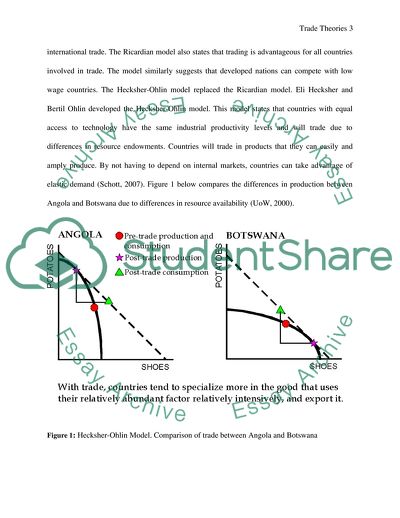Cite this document
(Trade Theories: Trade economists have focused their attention on firm Coursework, n.d.)
Trade Theories: Trade economists have focused their attention on firm Coursework. https://studentshare.org/macro-microeconomics/1849511-trade-theories-trade-economists-have-focused-their-attention-on-firm-behaviour-only-in-the-last-10-to-15-years-what-is-the-main-message-and-novelty-of-this-line-of-research-and-to-what-extent-is-it-surprising
Trade Theories: Trade economists have focused their attention on firm Coursework. https://studentshare.org/macro-microeconomics/1849511-trade-theories-trade-economists-have-focused-their-attention-on-firm-behaviour-only-in-the-last-10-to-15-years-what-is-the-main-message-and-novelty-of-this-line-of-research-and-to-what-extent-is-it-surprising
(Trade Theories: Trade Economists Have Focused Their Attention on Firm Coursework)
Trade Theories: Trade Economists Have Focused Their Attention on Firm Coursework. https://studentshare.org/macro-microeconomics/1849511-trade-theories-trade-economists-have-focused-their-attention-on-firm-behaviour-only-in-the-last-10-to-15-years-what-is-the-main-message-and-novelty-of-this-line-of-research-and-to-what-extent-is-it-surprising.
Trade Theories: Trade Economists Have Focused Their Attention on Firm Coursework. https://studentshare.org/macro-microeconomics/1849511-trade-theories-trade-economists-have-focused-their-attention-on-firm-behaviour-only-in-the-last-10-to-15-years-what-is-the-main-message-and-novelty-of-this-line-of-research-and-to-what-extent-is-it-surprising.
“Trade Theories: Trade Economists Have Focused Their Attention on Firm Coursework”. https://studentshare.org/macro-microeconomics/1849511-trade-theories-trade-economists-have-focused-their-attention-on-firm-behaviour-only-in-the-last-10-to-15-years-what-is-the-main-message-and-novelty-of-this-line-of-research-and-to-what-extent-is-it-surprising.


